I’m actually kind of amazed how many requests I’ve had to illustrate side view templates of the Boeing 747SP over the years. Yeah, it’s a very unique (and comical) looking airplane, but the fact of the matter is that it was a flop in terms of overall sales. There were only 45 of these airplanes built and sold between 1976 and 1983 (with one final airframe built in 1987 for the United Arab Emirates). Boeing expected to sell 200.
Despite the lack of interest from airlines all over the globe, the 747SP (Special Performance) is arguably one of the most iconic and well-known commercial aircraft ever built. Is It because of the way it looks? Or how far it could fly? I have no idea. If I were a betting man, I’d say that much of the interest is driven by the fact that it looks downright ridiculous. And I mean that in the kindest way possible.
Boeing 747SP with Pratt & Whitney JT9D-7 engines
Remember in my post about the 747-100 where I mentioned that the idea/request for it came directly from Pan Am? Interestingly enough, it was Pan Am who approached Boeing (once again) with the idea for the 747SP. They were in need of a 747-size aircraft with the capability to fly from New York to Bahrain non stop, and Boeing was happy to oblige. Especially since Iran Air also expressed an interest in such an aircraft for it’s New York to Tehran route.

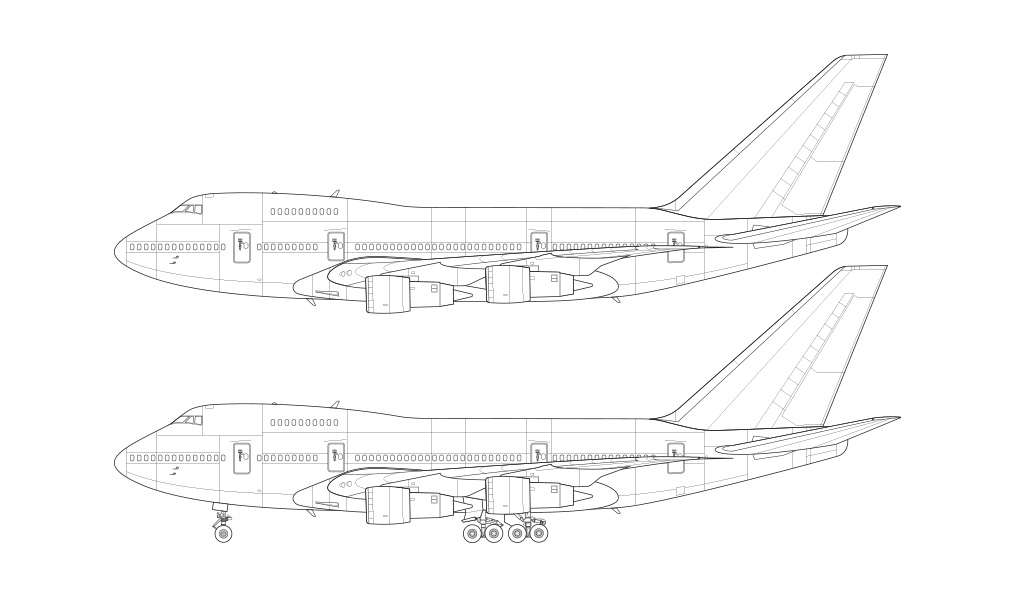

The 747SP ended up being significant for three reasons:
- It’s lower seating capacity made it a direct competitor to the DC-10 and L-1011. This was a very good thing for Boeing, since, at the time, the 747-100 was too large for many routes and they didn’t have an aircraft to compete with those smaller widebodies from other manufacturers.
- With it’s shorter fuselage and less weight to carry, the 747SP was capable of flying distances up to 7,658 miles. In comparison, the DC-10 had a range of 3,800-4,350 miles, and the L-1011 was capable of flying 4,600 miles.
- Since the 747SP was essentially just a shortened 747-100, fleet commonality was a huge plus for airlines who already operated 747s.
Boeing 747SP with Rolls Royce RB211-524 engines
Although the 747SP was initially launched with the Pratt & Whitney JT9D-7 engines (above), Rolls Royce RB211-524s became available shortly thereafter. It’s also worth noting that General Electric did not offer an engine option for the SP as they had for the 747-200.
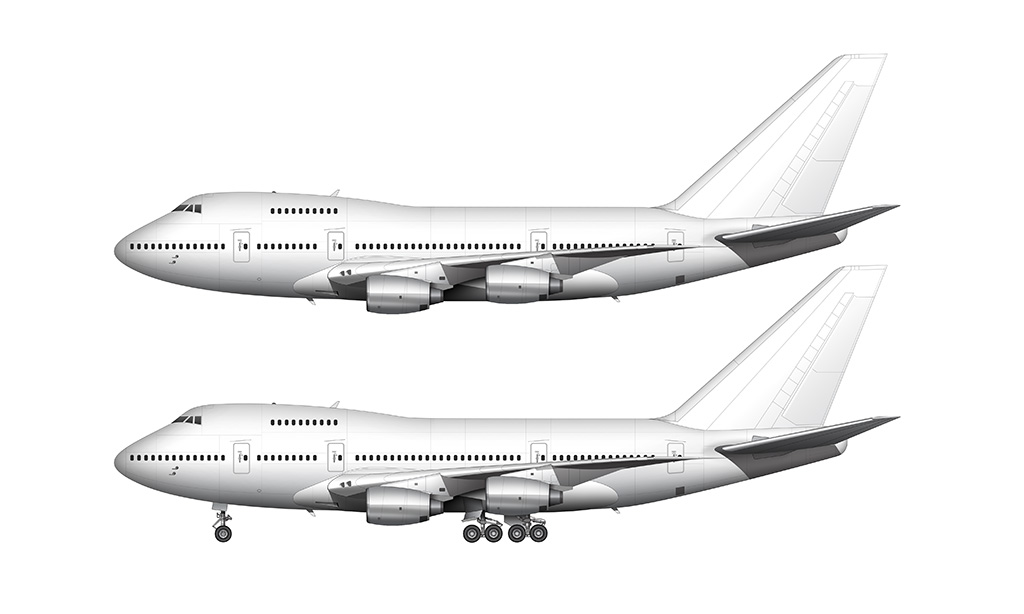
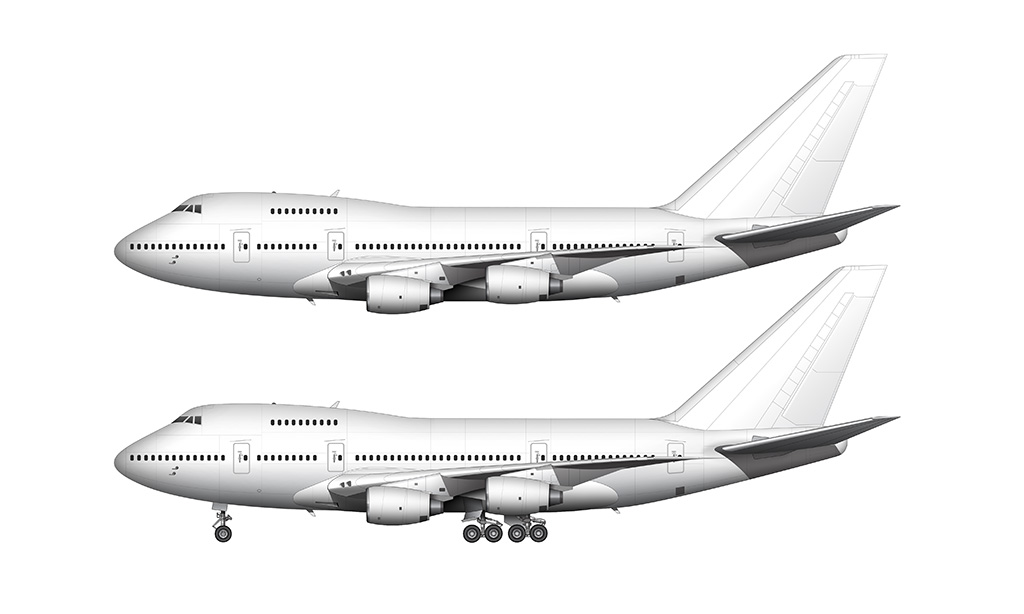
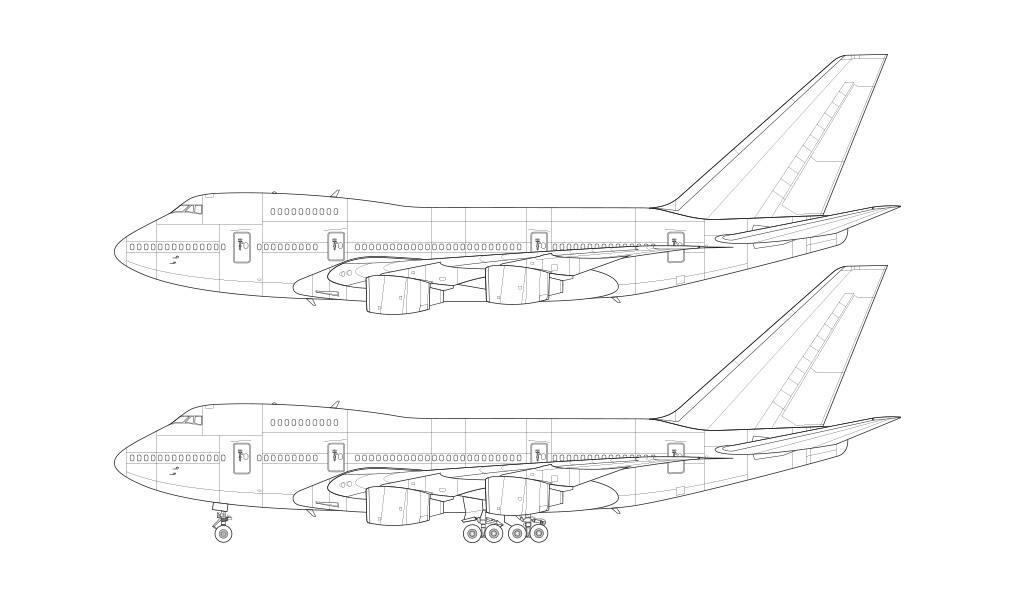

What are the visual differences between the 747SP and the 747-100 (and 747-200)?
Besides looking like a cartoon version of the 747-100/200, the SP has some very unique visual attributes which are hard to see at first glance. I’ll start this list with the more obvious visual differences first, and then work my way down to the stuff that isn’t as noticeable:
- The fuselage is 48’-4” (14.73 m) shorter. This was achieved by removing sections ahead of and behind the wing. Also, while creating these templates, I noticed that the rear (bottom) slope of the fuselage (from the wing box up to the vertical stabilizer) is a steeper angle.
- The vertical stabilizer is 2’-5” (0.74 m) taller
- The horizontal stabilizers are larger/longer
- The top rear section of the fuselage slopes down (is tapered) as it meets the base of the vertical stabilizer. This little detail took a long time for me to draw correctly, since the tailcone of the SP is exactly the same size as the -100/200. Essentially what Boeing did was move down the existing tailcone to accommodate for a taller vertical stabilizer. I’m not really sure why they did this – wouldn’t it have been far easier to keep the aft section of the fuselage unchanged? Maybe they were trying to keep the overall height of the aircraft under a certain dimension. I’m not really sure…
- The Pratt & Whitney engines are connected to the wings with slightly redesigned pylons
- The wing box is slightly different (smaller). This is especially noticeable in the section just ahead of the wing.
Some random neat facts about the 747SP
- The original proposed name for this aircraft was “747SB” (Short Body)
- Despite only 45 747SPs being built, there were 41 different operators of this aircraft type over it’s lifetime.
- Pan Am was the first SP operator (March 1976). Iran was the last, with the retirement flight on May 22, 2018.
- The way the upper deck met with the fuselage over the wingbox (as opposed to in front of it like on the -100 and -200) was a major design element reused for the stretched upper deck section in the 747-300 and 747-400 variants.

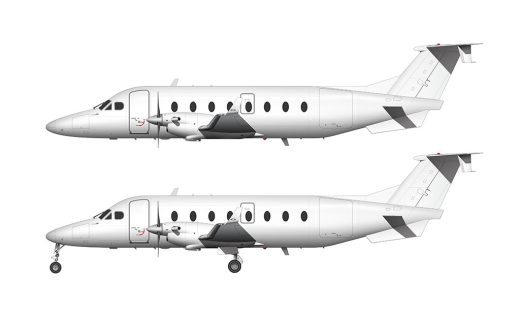
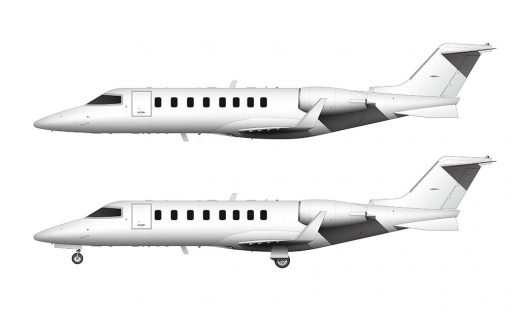
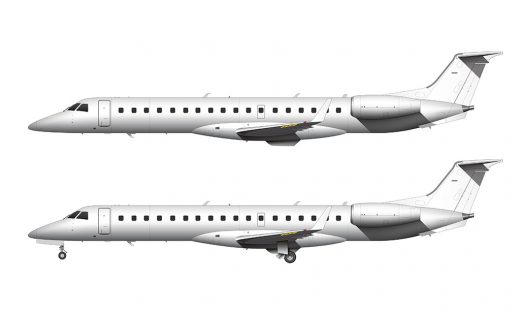
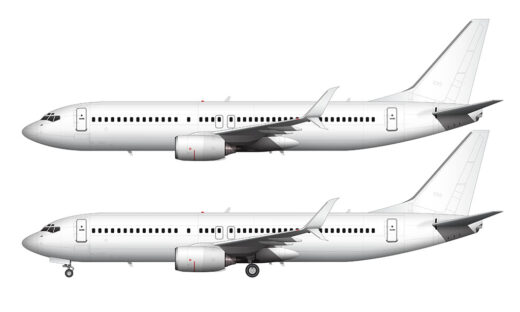
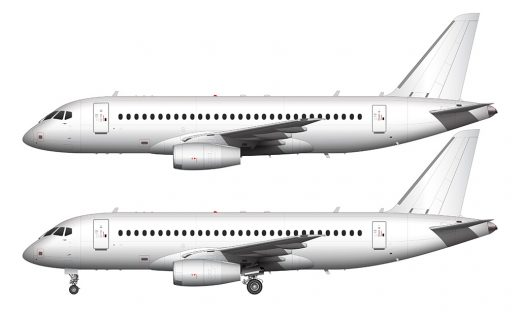
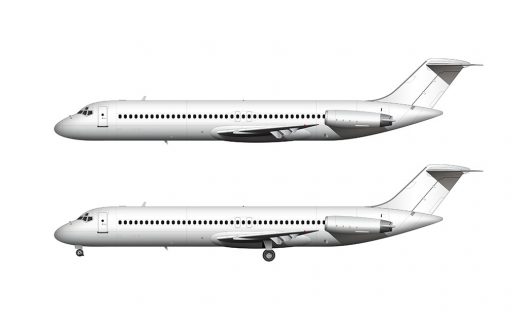
And after that… *clap* A350! *clap* Update! *clap* OR an MD-11F?… PLEASE!
The A350 update should be quick and fast, so maybe I’ll do that once I finish the 747 series. But then again…an MD-11F should be super fast as well. Maybe I should do that instead? Hmmm…see how difficult it is to choose?! This is what I struggle with daily. lol
Excellent, thanks for this addition to the line-up. I suppose many modern airliners look similar to each other, whereas anyone who’s seen an SP won’t quickly forget it. It’s like an adorable stuffed toy version.
You deserve a well earned break from 747s now.
Haha! For a few weeks at least. I was just looking at the history of the 747-300 and there were a ton of different engine options over the years. I’m not looking forward to dealing with all that. 🙁
Hey, are you still working on 707? And is the 737-800BCF template to be done soon?
Haven’t started the 707 yet, but I’ll do the 737-800BCF once I finish the 747 series (which means Septemberish)…
Could you draw the Ilyushin Il-62M?
Hopefully I can find the time to illustrate the entire Ilyushin lineup. They’ve produced some really interesting aircraft over the years!
Concorde Soon?
You really want the Concorde don’t you? 🙂
Hey, how it’s going? Are you still working on Boeing 707 and Boeing 737-800BCF?
737-800BCF will come first – the 707 is a bit more down the line…